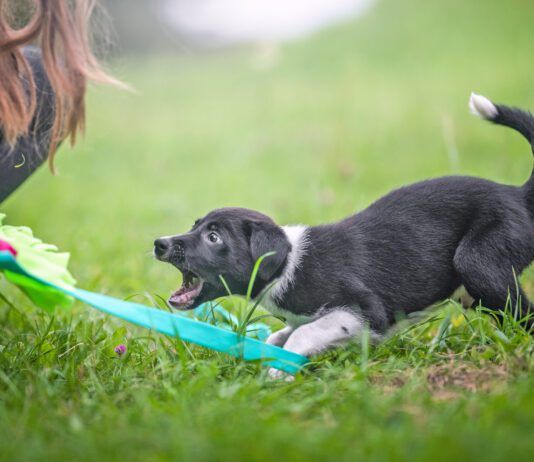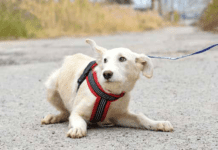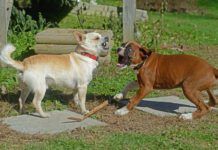How To Puppy Proof Your House
Keeping your puppy safe—and household destruction to a minimum—starts before the puppy joins the family, and it’s worth noting that puppy proofing is something of a moving target. Your puppy’s interests and ability to reach things will change as he grows.
How to House Train a Puppy
Young puppies have very small bladders and are still developing muscle tone. Because of this, when they need to go, they go! Read your puppy’s body language and be proactive to prevent accidents from happening.
Get Your Puppy Used to Body Handling
Teaching your puppy to be comfortable with human touch early on can help them to be comfortable with the needs of daily life with your family like putting on harnesses, washing paws before entering the house, and other needed tasks.
How to Get a Puppy to Sleep Through the Night
Puppies sleep schedules are irregular. Exercise, dimming lights, and companionship are great ways to get a puppy to sleep through the night.
Dog Training for Kids and Other Beginners
The level of your children’s participation in your dog’s training program will vary based on the age and abilities of the children.
Indoor Dog Potty
There are legitimate reasons why some dog lovers need their dogs to potty indoors. We looked at “dog indoor potty” products to help you determine which you might want to choose from if you are in the “indoor bathroom” club.
Pup Won’t Go? Steps to Take for Puppy Leash Training
You just brought your new puppy home and you can’t wait to head out on that first walk. You’ve been picturing this happy moment...
Starting Young: Resource Guarding in Puppies
It might come as a shock when your sweet fluff of a baby dog suddenly and fiercely stakes a claim to the treats that...
How to Help Your Crying Puppy
Gone are the days when standard advice was to ignore a crying puppy. “Ignore him,” we said, “until he stops crying. If you go...
What Fostering Can Do For Rescue Puppies
A pandemic has upended the globe, but here’s a little bright spot: puppy fostering is experiencing a golden era. Record numbers of people are offering...
Adolescent Dogs: 6 Facts To Know
It's true that a dog's adolescent period involves a ton of changes to the dog's biological, physical, and psychological makeup. By extension, his behavior is affected. It's also true that there are times when this transformation is accompanied by some challenging moments. But rest assured it's not all doom and gloom! For every challenging feature of canine adolescence, there is an equally awesome element that makes this a very special time.
Teaching Your Puppy Bite Inhibition
Some puppies have a naturally soft bite; some joyfully shred flesh without a hint of malice as they engage in normal interactions with the...



















